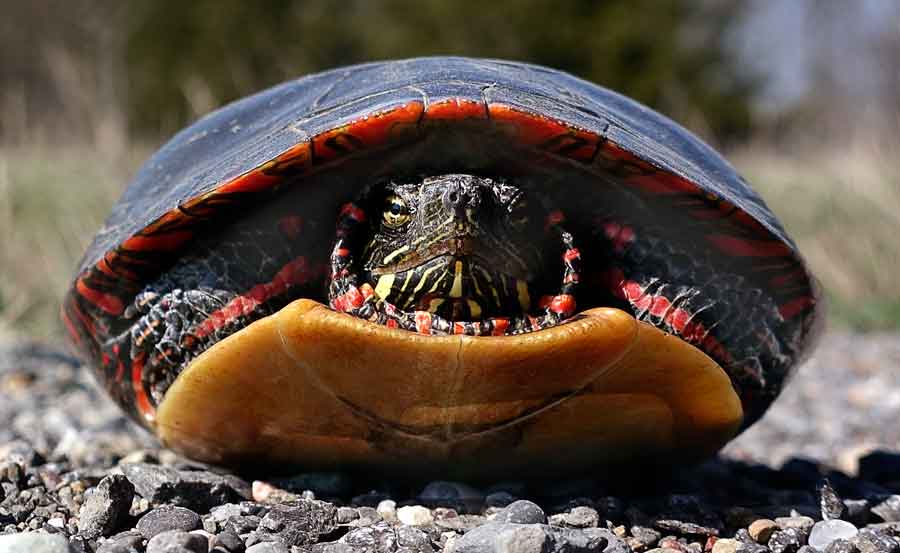It’s September and time once again for our county fair. Picton Fair, one of the oldest in our province, has been going strong since 1831. Even during Covid, when the Fair turned into a lively set of drive through displays, the county spirit did not falter. Rain, thunderstorms, blistering heat or chill winds do not keep the crowds away. This year, with only a few showers, the weather smiled, the crowds poured in.

Food is always part of fair delights.
The secret of its attraction is that, true to its roots, it has remained a genuine agriculture fair. There are horse competitions, English, western, barrel racing, and kids on their spiffed up ponies trotting proudly round the ring. The cattle show is extensive, dairy and beef and the 4H youngsters leading the heifer or steer they have carefully raised and trained from a wobbly calf.

From kids on their ponies to daring barrel races, horses are the stars.
The hockey arena has long tables laden with all the fruit, vegetable and flower competition entries. At the side, safely behind glass, the pies, cakes and preserves sit temptingly, with the ribbons they have won. In the curling rink there is the dog show in which dogs compete for longest tail, cleverest trick, best costume while at the other end, the arm wrestling trials go on. Earlier in the day there was a baby contest.
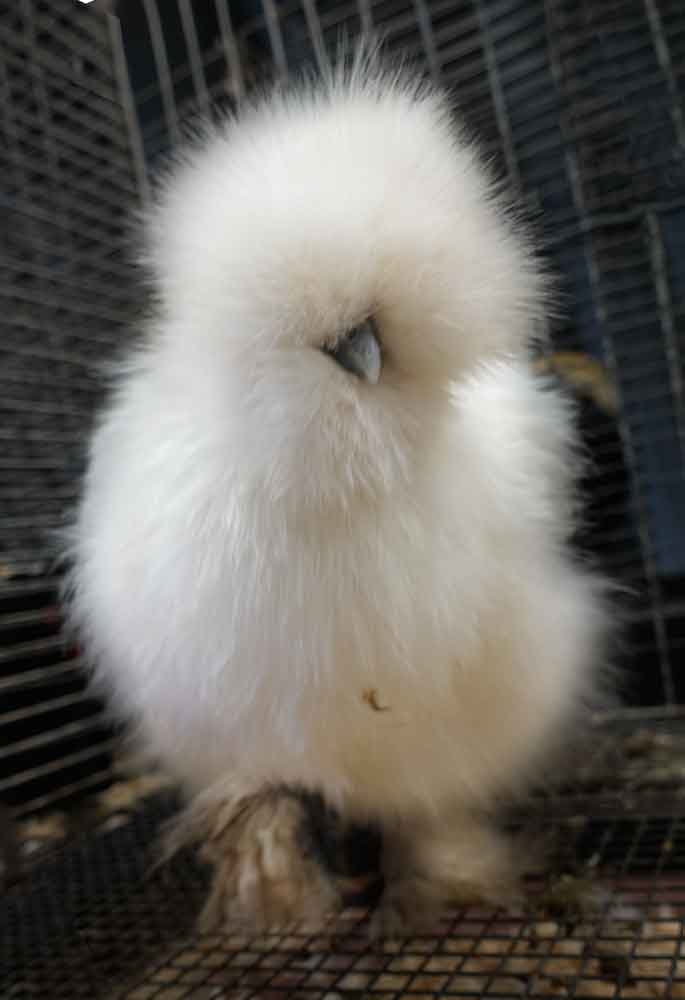
Exotic chickens you will only see at the Fair.
Naturally there is a midway, just the right size for our town, rumbling merrily away while riders shriek their delight. The little kids swirl sedately, the big kids spin way up in the sky, lights flash and molecules are shaken up for the rest of the year.
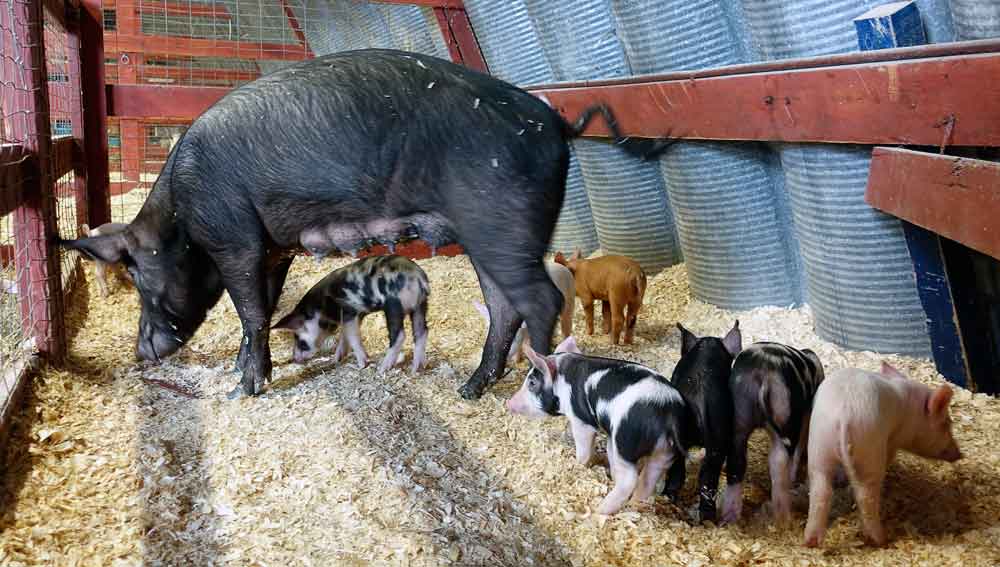
Mama pig and her piglets for town children to see.
One whole room of the arena is filled with local handicrafts. Wood works, knitting, crocheting, holiday items, and tables of work from the senior’s retirement homes. And, of course, a whole wall of incredible quilts from out quilters.

The work of quilters gets more amazing every year.
As for me, for some reason I like the far corner exhibition the best. In a separate building you can find the exotic bunnies, chickens, turkeys, ducks, geese and even pigeons while along the edge in small pens are goats, calves, piglets and a pony for children to get up close.

Skilled baking takes the cake.

And lots of creative fun with vegetables.
I went to the fair as a kid to stuff myself with cotton candy and hot dogs. Now it’s sausage on a bun, fries and ice cream with a bag of mini donuts for later snacking and perhaps a daring sampling of a deep fried pickle. I hope the Fair continues for another two hundred years and that there will still be cattle and horses and exotic chickens, pies and quilts and an arena full of plump vegetables for the great great grandchildren to see with wonder.
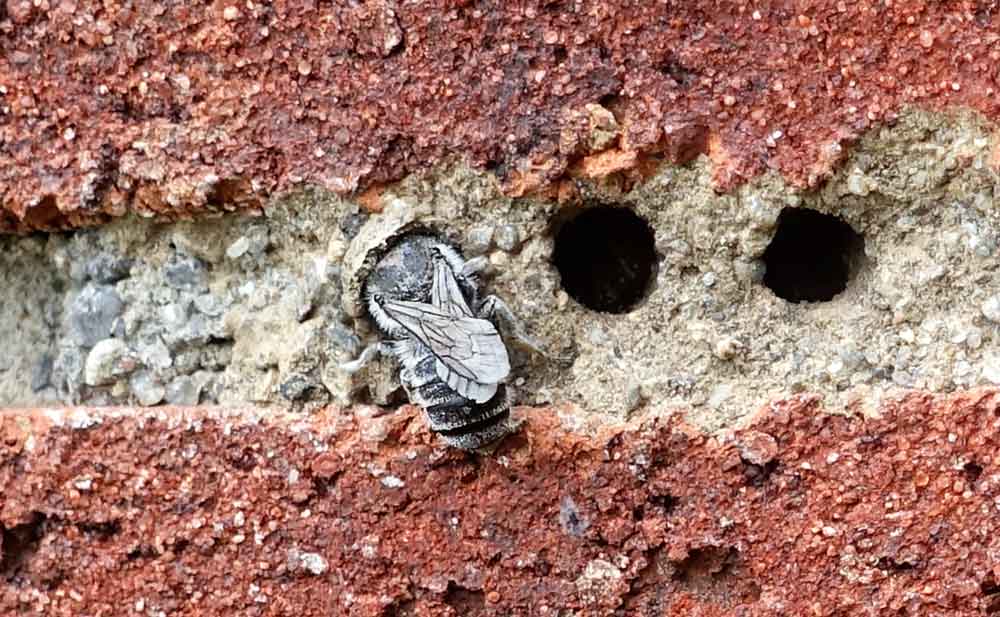

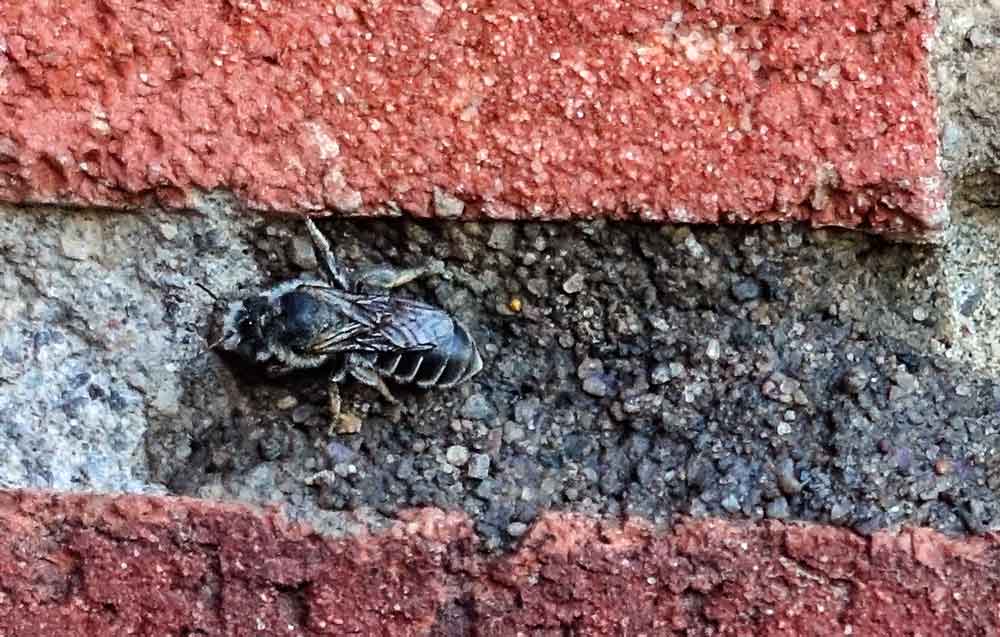




 I don’t know why I am fascinated by this battered yard sale sale acquisition but I can’t stop delving into marine knowledge of another era. The book is a highly detailed manual of everything one needed to know to become a serious sailor in 1913. Well-thumbed, taped together, the book contains study notes, in real ink, browning at the edges, of its long-ago owner, one Francis Walsh of Nova Scotia.
I don’t know why I am fascinated by this battered yard sale sale acquisition but I can’t stop delving into marine knowledge of another era. The book is a highly detailed manual of everything one needed to know to become a serious sailor in 1913. Well-thumbed, taped together, the book contains study notes, in real ink, browning at the edges, of its long-ago owner, one Francis Walsh of Nova Scotia.










